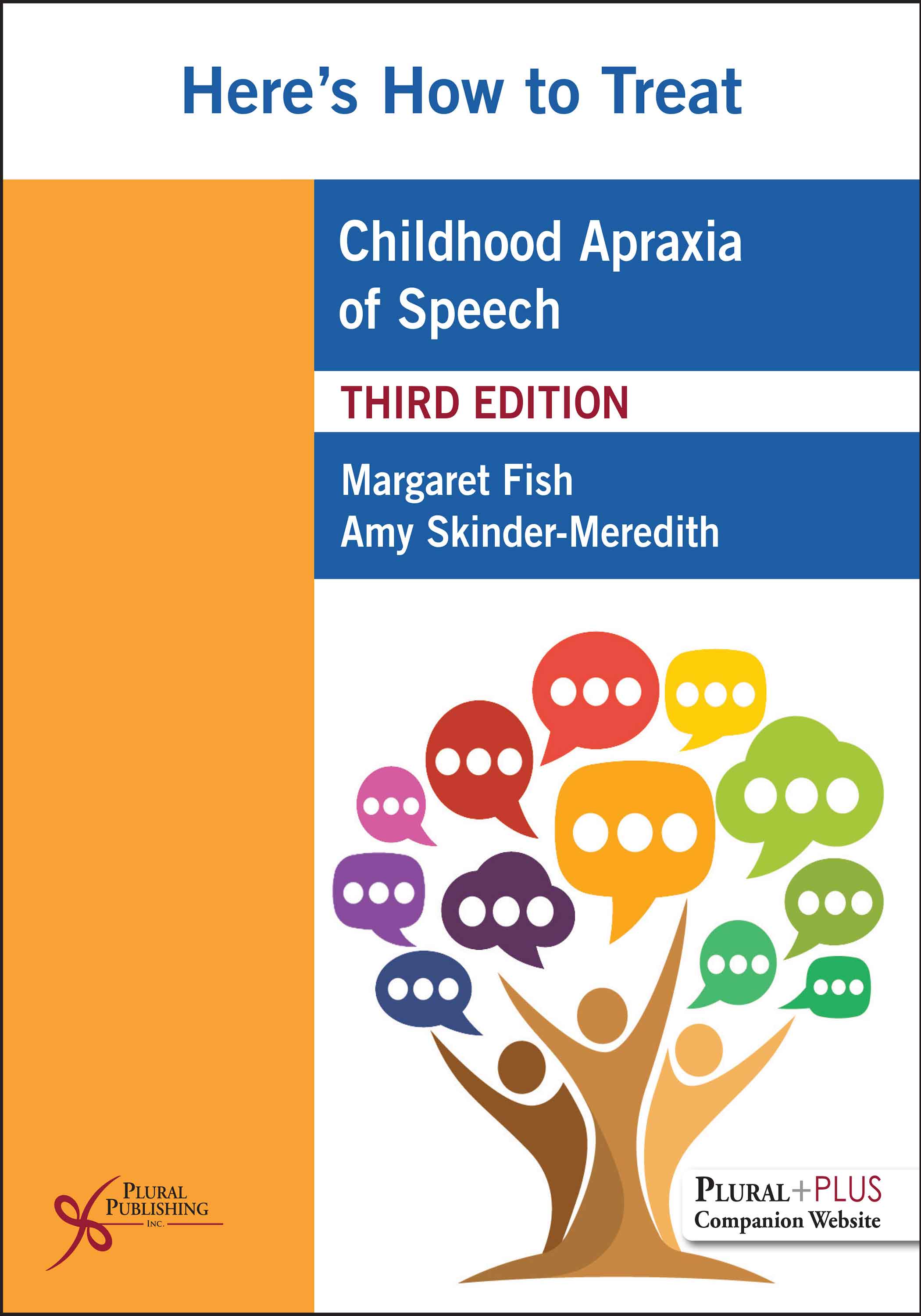
Here's How to Do Stuttering Therapy
First Edition
Gary Rentschler
Details: 175 pages, B&W, Softcover, 8.5" x 11"
ISBN13: 978-1-59756-386-4
© 2012 | Available
For Instructors
Purchase
Survey research reveals that SLPs feel poorly prepared to treat children and adults who stutter. Here's How to Do Stuttering Therapy serves as a practical guide to provide stuttering therapy, based upon a well-articulated philosophy of the disorder. The book is a practical guide that provides readers with a solid rationale for assessment and treatment, but does not dwell on theories, philosophies, or specific programs. Rather, the orientation is toward application, while providing a justification based upon research and the information we know about stuttering.
The uniqueness of the book is the focus on applied practice and functional applications. While other books present theory and structure of therapeutic approaches, Here's How to Do Stuttering Therapy offers a hands-on, eclectic approach centered on the needs of the client, rather than the structure of any specific treatment program.
Foreword by Thomas Murry, PhD vii
Preface ix
Acknowledgments and Dedication xi
Chapter 1. Basic Clinical Skills for Stuttering Therapy
Introduction
Getting Oriented
Basic Clinical Skills
Treatment Basics
First Session Advice
Meeting the Client for the First Time
Another Perspective on Stuttering
Clients Who Have Had Therapy Before
Where to Start
Consumers of Our Services
References
Chapter 2. Childhood Stuttering
An Overview of Childhood Stuttering
Developmental Levels of Stuttering
Pertinent Facts About Stuttering
Components of Evaluation and Treatment
Characteristics of Childhood Stuttering
Evaluating Stuttering in Children
Treatment Approaches
Working with Parents
The Clinical Teaching Paradigm
Treatment Activities
Sample Treatment Plans
Support Resources
References
Chapter 3. Stuttering in Adolescents and Adults
An Overview of Adolescent and Adult Stuttering
Assessing Adolescents and Adults Who Stutter
Speech Characteristics of Adolescents and Adults Who Stutter
Affective Characteristics of Stuttering
Treatment Approaches
Working with Emotions, Anxiety, Fear, Negative Past Experiences
Working with Covert Stuttering
Determining a Starting Point for Therapy
Therapy Techniques (Targets)
Signs of Progress in Therapy
Sample Therapy Session
Organizations/Support Groups
References
Chapter 4. Activities for Stuttering Therapy
Introduction
Speech Activities
Emotive Activities
Some Activities for Speech Goals
Some Activities for Emotive Goals
Index

Behavior Assessment Battery for Adults Who Stutter (Online Access)
First Edition
Martine Vanryckeghem, Gene J. Brutten
Details: Online Access
ISBN13: 978-1-59756-901-9
© 2018 | Available

Here's How to Treat Childhood Apraxia of Speech
Third Edition
Margaret Fish, Amy Skinder-Meredith
Details: 401 pages, B&W, Softcover, 8.5" x 11"
ISBN13: 978-1-63550-283-1
© 2023 | Available

